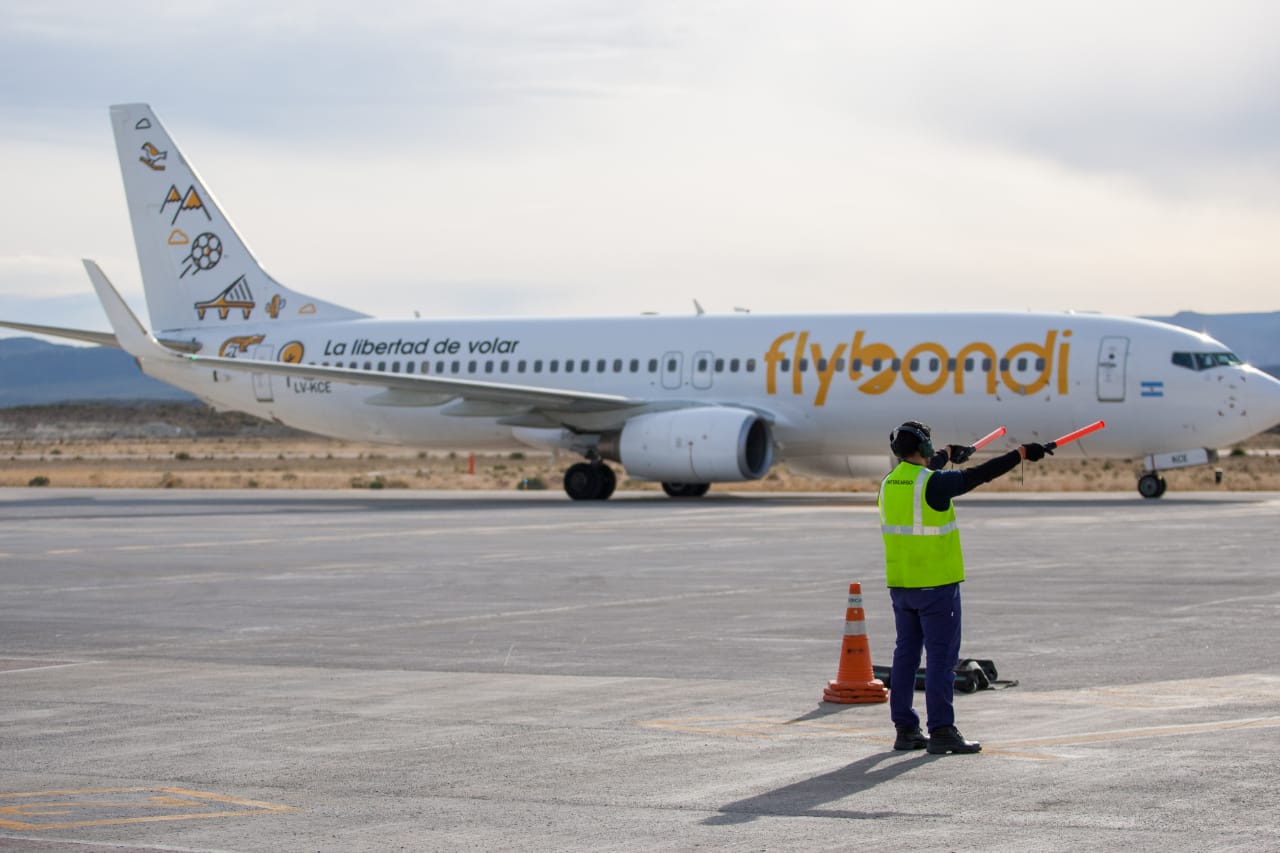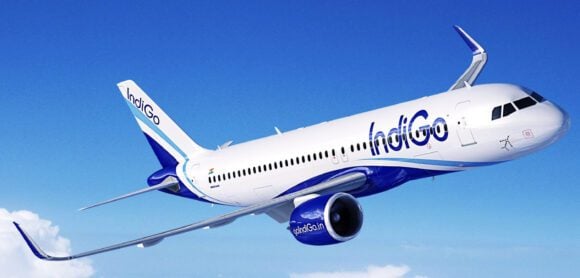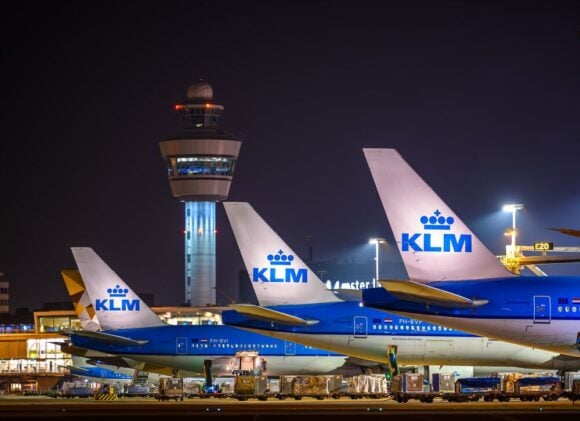
Flybondi by Flybondi
This week, Argentina published the air traffic report for the entire of 2022. We now have a glimpse at the country’s recovery throughout the year. Argentina closed last year with a 15% domestic traffic decrease compared to 2019, prior to the COVID-19 pandemic, and a 43.3% international traffic decrease. Nonetheless, there was overall improvement throughout the year. Let’s take a look at Argentina’s air traffic performance.
The domestic market
All Argentinian airports except two reported a growth in the number of domestic passengers in 2022 versus the previous year. In 2022, Argentina received 13.53 million domestic travelers, an overall 121.9% growth compared to 2021, when the country was still battling severe travel restrictions to contain the COVID-19 pandemic.
For the whole year, Argentina had 15% fewer domestic travelers. Nonetheless, the country closed only 4.1% below pre-pandemic domestic traffic levels in December alone.
Aerolíneas Argentinas remained the top carrier in the country –backed by the State and with the largest fleet by a mile. The airline closed the year, holding a 63% market share, followed by Flybondi with a 21% share and JetSMART with a 15% share.
Looking at Latin America’s six largest countries –Argentina, Brazil, Chile, Colombia, Mexico, and Peru– Argentina had the second-to-last recovery. Only Chile had the slowest recovery in 2022, with only an 86% bounce back to pre-pandemic domestic traffic levels. Colombia finished first with a 14% growth, followed by Mexico (12%). Peru had a 91%, and Brazil had an 89% recovery.

The international segment
In 2022, Argentina received 8.07 million international passengers, growing by 307.4% compared to the previous year. Nonetheless, the recovery compared to 2019 was not as good. The country closed last year, still 43.3% below pre-pandemic traffic levels.
Looking at December alone, the number of passengers closed 28.9% below pre-pandemic traffic levels, which is good news.
Regionally, Argentina had the slowest recovery of its international segment. In comparison, the Dominican Republic grew by 24% compared to 2019, Mexico grew by 14%, and Colombia by 13%. Brazil closed with a 71% recovery, and Peru and Chile closed with a 70% recovery.
Aerolíneas Argentinas hold a 23.34% international market share; LATAM Airlines hold a 15.16% share, and GOL Linhas Aéreas a 6.96% share.

What’s next?
The Argentinian carriers are in the midst of the peak season in the Southern Hemisphere. Aerolíneas Argentinas is operating with a capacity 4% larger than in 2019. Moreover, the State carrier’s CEO, Pablo Ceriani, has said the company expects to carry over 13 million passengers in 2023, which would be an all-time record for the airline.
Aerolíneas Argentinas has launched new international routes, particularly to the neighboring country, Brazil. The airline also signed a deal to lease two Boeing 737-800BCFs next year, allowing it to boost its cargo capabilities.
Flybondi, the largest ultra-low-cost carrier in the country, doubled its fleet in 2022 and expects to add more aircraft in 2023, closing the year with a fleet of around 17 Boeing 737-800s. The airline has been gaining market share and consolidating itself among the flying public. Last month, Flybondi reached a milestone when it carried the six millionth passenger in its history.
Views: 28




